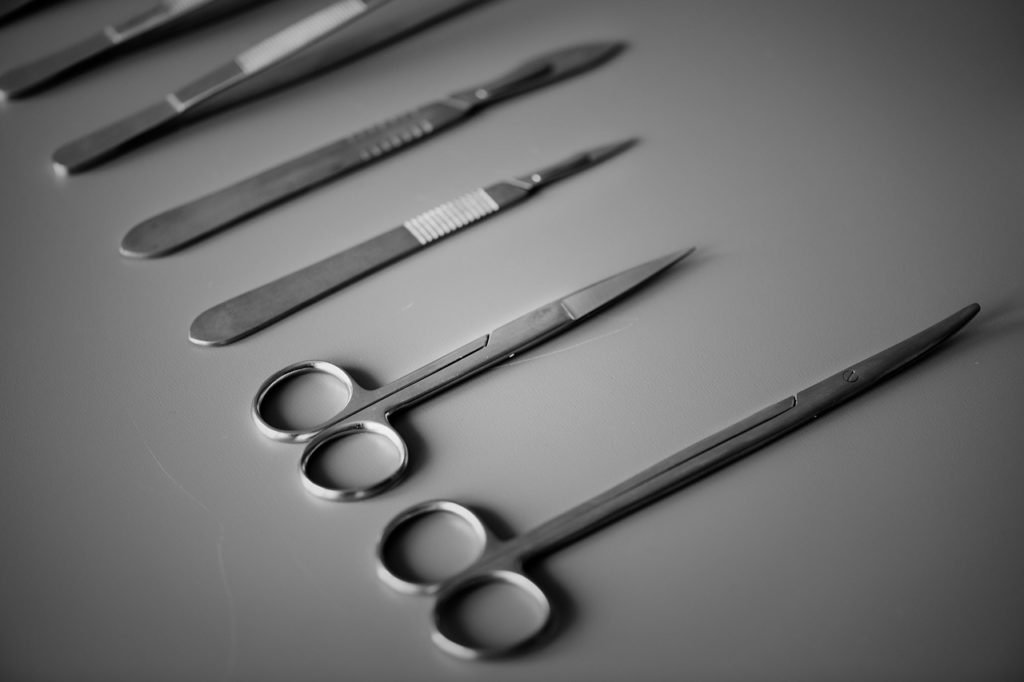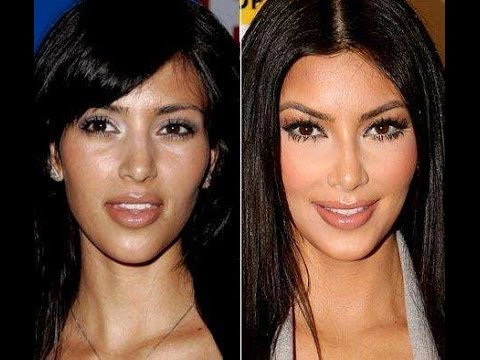Cosmetic procedures to improve your physical appearance is back in vogue after a brief hiatus sponsored by the pandemic. This has increased the global demand for cosmetic surgeons. The cosmetic surgery industry is home to some of the best surgeons in the world. A huge part of their successes thrives on modern technological trends. This article delves into how modern technology is used in cosmetic procedures.
4 Incredible Ways Modern Technology is Used in Cosmetic Procedures
Hair Growth Technology
Hair loss and thinning are common conditions affecting millions worldwide. For many people, hair loss robs them of their self-esteem and confidence. Therefore, seeing a hair specialist for remedies can never be a miss. A quick glance at the websites of top hair treatment brands like hshairclinic.co.uk brings up various hair growth tech trends.
For hair growth, there are surgical procedures like platelet-rich plasma (PRP). Modern surgeons can withdraw blood plasma from hair loss patients, mix it with protein-rich substances and inject it back into the scalp to revive damaged hair follicles. Clients claim they get a significant confidence boost after the surgery regenerates their hair.
Endoscopic Facelift
Patients have had issues with the way traditional facelift surgical procedures left them with scars. The high risk of surgery damaging patients’ nerves and numbing areas of the face was never lost on many patients. Transitioning from traditional facelift procedures to endoscopic methods represents a move away from these fears. The best part of an endoscopic facelift is the endoscope’s potential to make tiny incisions into temples, searching for the best areas for the facelift.
Rhinoplasty Advancements
Rhinoplasty is a surgical procedure to restructure and/or beautify the nose. Studies reveal that rhinoplasty enhancements can significantly improve a patient’s respiratory health after surgery. However, numerous nose job failures in the past have ended with short to long-term side effects, including bruising and swelling.
Research studies reveal that about three to ten percent of rhinoplasty operations need minor revisions a year after the surgery. These stories created anxiety and reduced the traction for rhinoplasty. Luckily, experts in rhinoplasty in Denver now have ultrasonic rhino-sculptural technology to reshape their clients’ noses.
With this tech, surgeons can perform rhinoplasty without damaging nasal tissues and cartilages. This has increased the demand for nose jobs worldwide, with Statista predicting the rhinoplasty market size to grow nearly nine percent annually until 2030.
Tissue Engineering
Tissue engineering is a mainstay of surgical processes from plastic to cosmetics. The overarching aim is to repair, replace and regenerate tissues. Newer models of tissue-engineered synthetic skin come with a bilayer structure comprising epidermis and dermis. This bilayer structure is similar to the human extracurricular matrix.
Just like natural skin, it contains all the necessary cellular components for rapid healing. According to scientists, this modern tech holds an exciting promise for the future of cosmetic surgery, especially for procedures like breast enhancements which involve soft tissues and fat cells.
All in all, cosmetic surgery can improve a person’s quality of life. Gradually, technology is eliminating the myths and fears behind these procedures so more people can give them a fair try. Also, industry experts believe technology can make surgical procedures more affordable and accessible to all.
Conclusion
In conclusion, modern technology has revolutionised the cosmetic industry, providing more options and better results for those seeking cosmetic procedures. Hair growth technology has been a game-changer for those suffering from hair loss, allowing them to achieve fuller, more natural-looking hair. Endoscopic facelifts offer a minimally invasive alternative to traditional facelifts, resulting in less scarring and a quicker recovery time.
Rhinoplasty advancements provide surgeons with more precise tools and techniques, allowing for more natural-looking and personalised results. Tissue engineering has the potential to revolutionise the field, allowing for the creation of new tissues and organs for transplantation. With the continued advancement of technology, the possibilities for the future of cosmetic procedures are endless.






